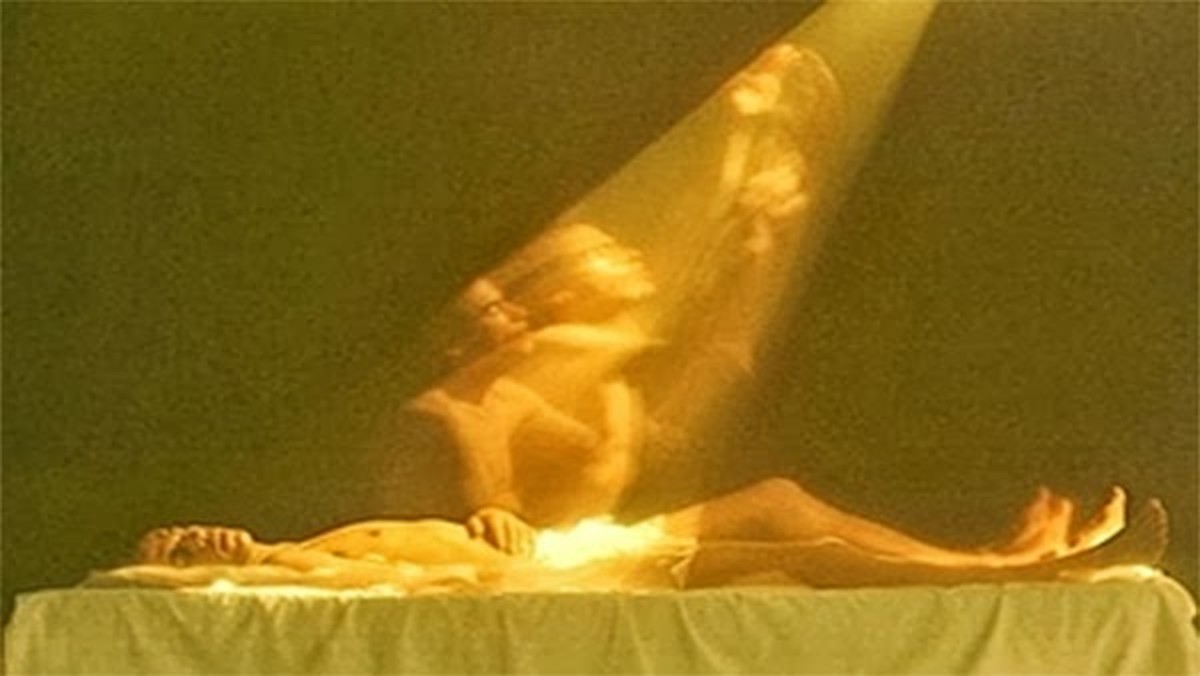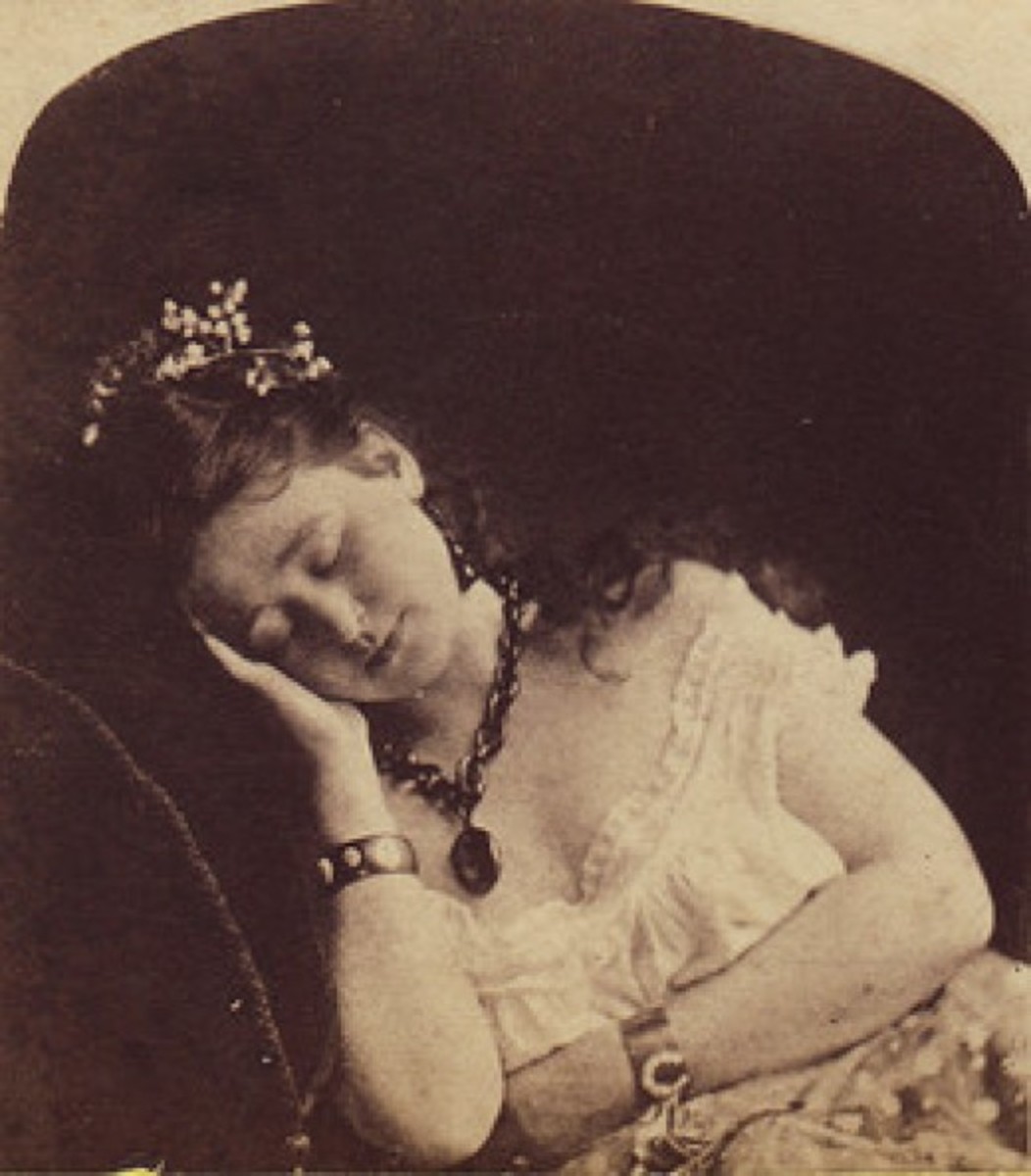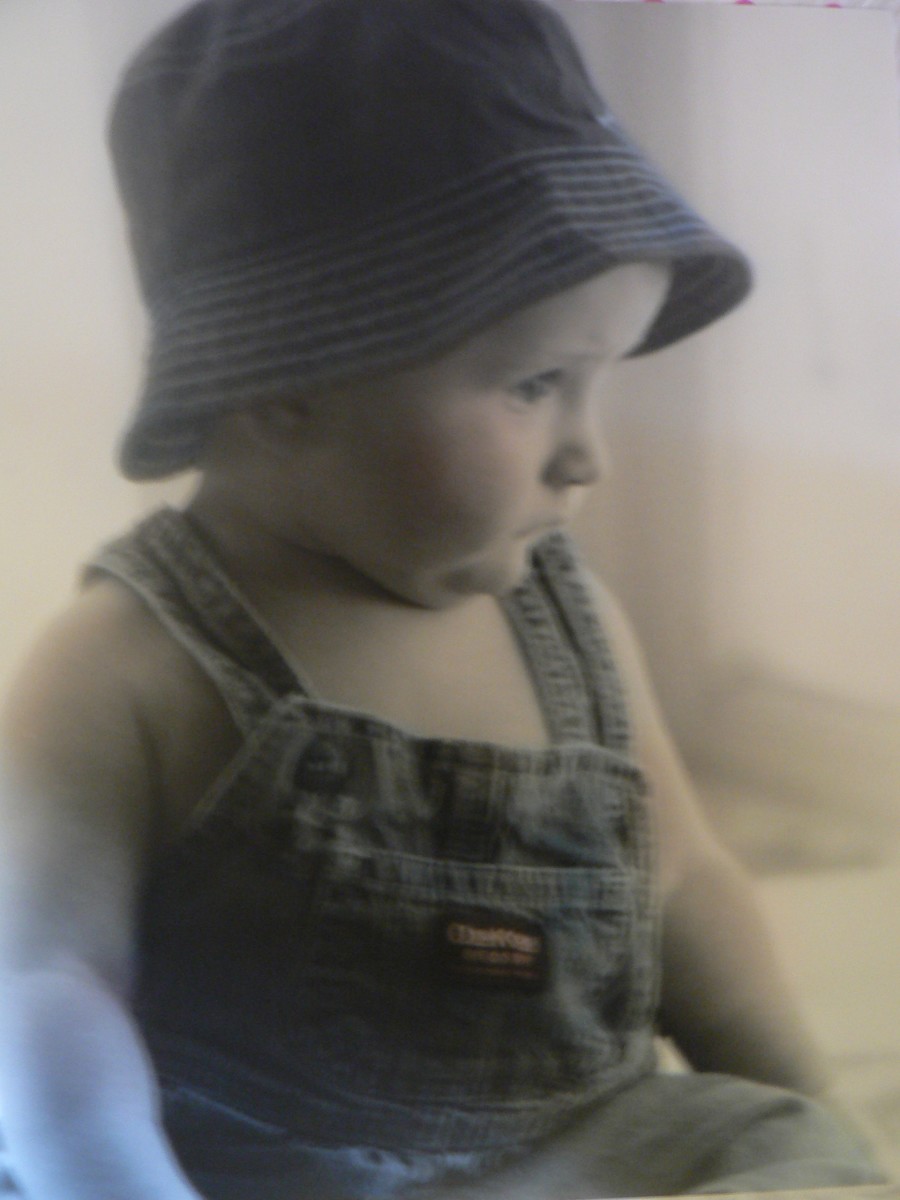Photographing the Shattered, Broken and Torn
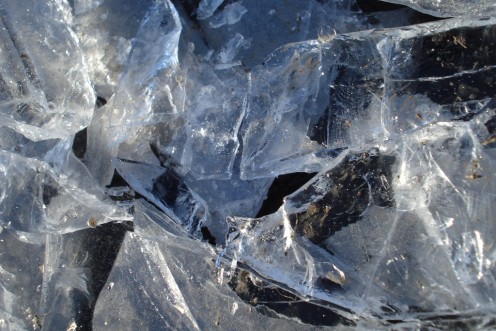
Photography is an art as much as anything else. A painter paints works of art, a sculptor turns marble and stone into sculptures and a photographer photographs beautiful, poignant or meaningful images.
Because photography is an art, and like many art mediums, the artist has some leeway in the making of his creations. And it is this artistic freedom which allows an artist to break the norms and be creative with his/her work.
Shattered and torn are two unusual techniques used in photography which are seldom heard off because this technique or theme involves the destruction of a subject, albeit you can do it with Photoshop.
This theme involves a careful and planned "destruction" of a subject with the intention of photographing the individual pieces or putting the broken item back together again. These photographs can be looked at from an artistic viewpoint, used in the evoking of feeling, the representation of a meaning, a portrayal of a message, to tell a story or just for fun.
When practicing this style a photographer not only needs his photo gear but a few other implements as well such as safety goggles, glue or tape, utility gloves, maybe a hammer and a secure location.
The shattered aspect involves selecting a fragile item such as a colorful vase made of glass or ceramic or even clay and purposely shattering it. The broken pieces are then carefully gathered and artistically arranged until the set up is acceptable to the photographer.
A good idea is to lay some pieces with the curvature facing outward and some facing inward. Another variation is to glue the item back together again but leaving some pieces out so that it shows its shattering pattern. Gluing back the item so that it looks like it was never broken in the first place is not the idea.
This theme can be used to show a "mending of lives", a "mending of relationships", "shattering of ideas" as well as any other theme which involves a breaking or breakup or an irreparable damage.
Themes like this have been used by social agencies in many social issues campaigns, so it is a good marketable technique. It is also advisable to record an image of the subject prior to its shattering so that you may be able to combine both images side by side if so desired.
The torn theme involves taking a photograph of a subject which can carry some meaning or portrays a message, printing the image, tearing it into a few pieces and then putting the individual pieces together again but also leaving some smaller portions out; showing the tears and finally re-photographing it.
This theme is also good for representing a "picking up the pieces" message. Putting the torn pieces back together with scotch tape and ensuring that the scotch tape is visible in the photograph strengthens the message behind the image.
The idea that one can pick himself or herself up from the abyss is clearly compatible with this technique. This is best photographed if the pieces are carefully arranged on a flat surface and shot from above. Again, many of the same applications used for the shattered technique also apply to the torn theme.
Torn effects can also be accomplished with a digital software program like Photoshop, Gimp and others.
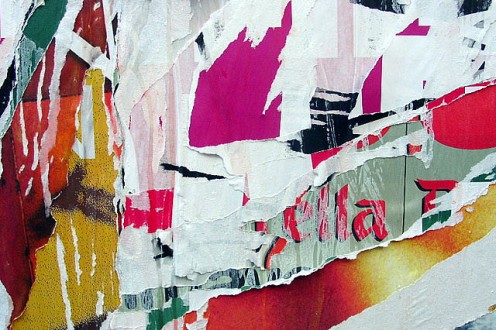
A dark background is better suited for this theme because your intention should be to focus the audience's gaze strictly upon the subject with no other distractions.
The audience needs to see clearly and be able to distinguish the meaning or feel the emotion behind the photograph, so a plain dark or black background allows them to fixate their eyes upon the scene and get involved with it and nothing else.
Good subjects for the torn theme are elderly issues, social issues such as unemployment, poverty, family separation such as divorce, drug use, alcoholism, bullying, child abuse as well as a host of other issues. Any topic which connotations revolve around a tearing of lives is apt for this theme.
Who may be your clients for this technique? Social agencies, some add campaigns and government agencies.
Very strong subject matter compositions or those that are capable of eliciting strong reactions from an audience can also be presented in fine art galleries as well as being used by general photography publications. It is also not unusual to find the type of subject matter involved with this technique in photography books.
As with many of your photographic work, sensitivity must be exercised. These two techniques can elicit very strong emotions so use good judgement.
The activity should be planned ahead and caution should be taken when dealing with broken glass, ceramic or even clay.
The work space should also be ready ahead of time and located where no danger exist of anyone accidentally walking in and injuring themselves. The idea is to have fun while at the same time practicing your photographic skills and it is here where planning ahead can really pay off.
- 40 Sharp and Shattered Photographs
We're surrounded by broken things. But what if, instead of lamenting that it's garbage, we changed our world view? What if we saw the broken as beautiful? For this week's Shooting Challenge, Gizmodo photographers did just that.
© 2011 Luis E Gonzalez




